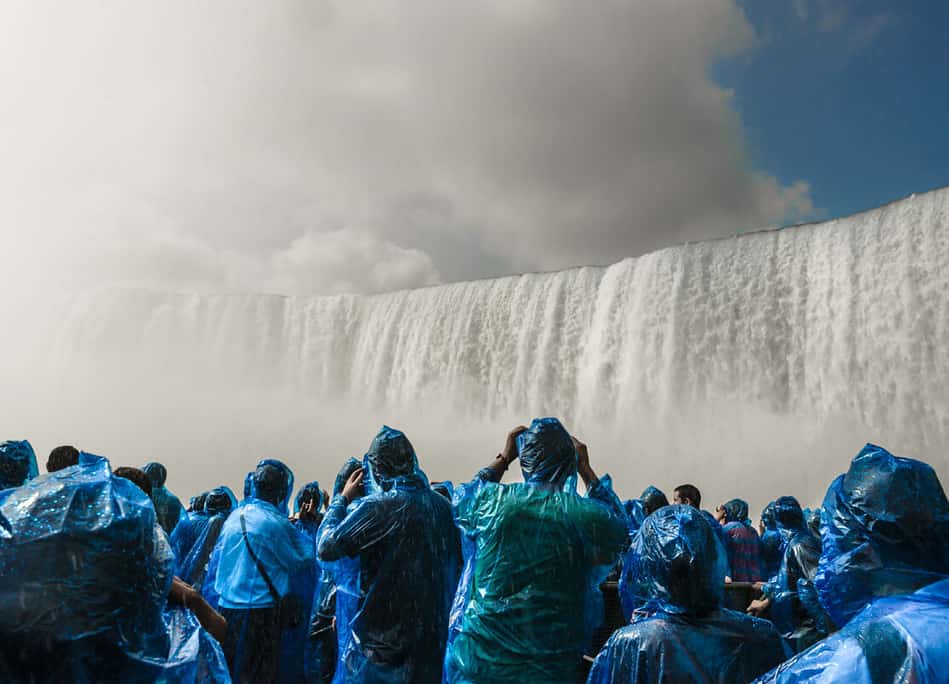
Niagara Falls: The Most Iconic Waterfall in the World
Niagara Falls, located on the border between the United States and Canada, is undoubtedly one of the World’s most iconic and awe-inspiring natural wonders. While it may not be the tallest or have the highest volume of water, its unique combination of breathtaking beauty, geological significance, and cultural impact makes it worthy of being considered the most significant waterfall on Earth.
Certainly! Here’s a table with five spectacular statistics about Niagara Falls:
| Statistic | Value |
|---|---|
| Total Width | 3,950 feet (1,203 m) |
| Height of Horseshoe Falls | 167 feet (51 m) |
| Water Flow Rate | 85,000 cubic feet/sec (2,400 cubic meters/sec) |
| Hydroelectric Generation | Up to 4.9 GW (combined US and Canadian power stations) |
| Annual Number of Visitors | Approximately 30 million |
Is Niagara Falls a “Wonder of the World”
Niagara Falls has no official records as the World’s largest or highest waterfall. Niagara Falls is, however, the largest waterfall in North America and one of the most famous waterfalls in the World.
Niagara Falls : The Perfect Balance
One of the most compelling reasons to consider Niagara Falls as the most incredible waterfall is its perfect balance of height and volume. While Angel Falls in Venezuela holds the title of the World’s highest waterfall, and Inga Falls in the Democratic Republic of Congo boasts the highest volume, neither possesses the balance that makes Niagara Falls so captivating. The falls’ remarkable harmony of height and volume creates an awe-inspiring visual display and a thundering roar that leaves a lasting impression on anyone who witnesses it.
Geological History and Formation:
Niagara Falls has a rich geological history that dates back to the last Ice Age, around 12,000 years ago. The formation of the Great Lakes, due to the melting of glaciers, led to the creation of this majestic waterfall. The falls have continuously evolved over time, with the power of the water flow and natural erosion shaping the landscape. This fascinating geological journey sets Niagara Falls apart from other waterfalls, which may be taller or have a greater volume but lack the same impressive historical context.
Hydroelectric Power:
The enormous power of Niagara Falls has been harnessed for hydroelectric energy since the late 19th century. Serving as a vital source of renewable energy for both the United States and Canada, the falls demonstrate the potential of natural resources to benefit human civilization. While other waterfalls may be taller or have a higher volume, few can claim the same level of practical use and positive impact on surrounding communities.
Tourism and Cultural Impact:
Niagara Falls has long been a popular tourist destination and a symbol of natural beauty in North America. In addition, the falls have attracted millions of visitors from around the World and inspired countless works of art, literature, and film. This cultural impact and global recognition further solidify Niagara Falls as the greatest waterfall on Earth. It transcends borders and unites people through a shared appreciation of the wonder of nature.




